A classic 1800’s recipe for boiled, scraped asparagus.
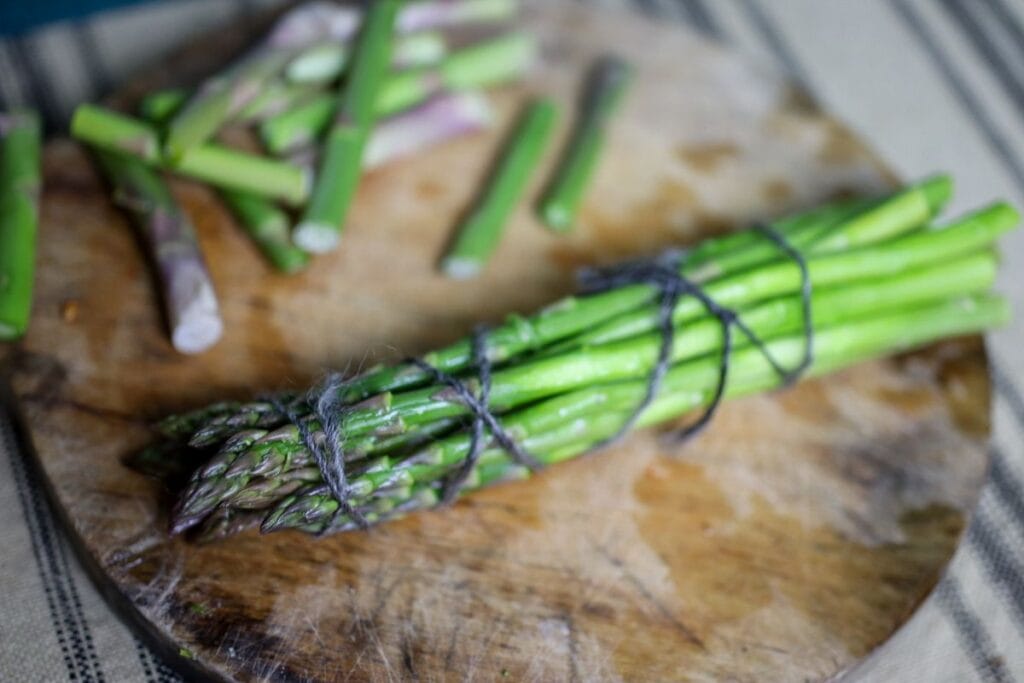
Friends, I cringed when I scraped the asparagus. Then I could’ve sworn the timer was broken, as minutes lapsed in slow motion, until I could rescue the precious stalks from that boiling water. And then I winced again when I had to dip that beautiful toast into the asparagus water.
But then I ate every bite.
This is one of those recipes that reminds us how tastes change over the decades. Vegetables were generally very thoroughly cooked in the 1800’s. And for someone who’s been known to eat more than my share of the asparagus haul on the way from the garden to the kitchen…these vegetable recipes can challenge my modern sensibilities.
This whole project is challenging my modern sensibilities…and what a lovely thing that is.

Here’s a photo of the recipe as it appears in the cookbook:
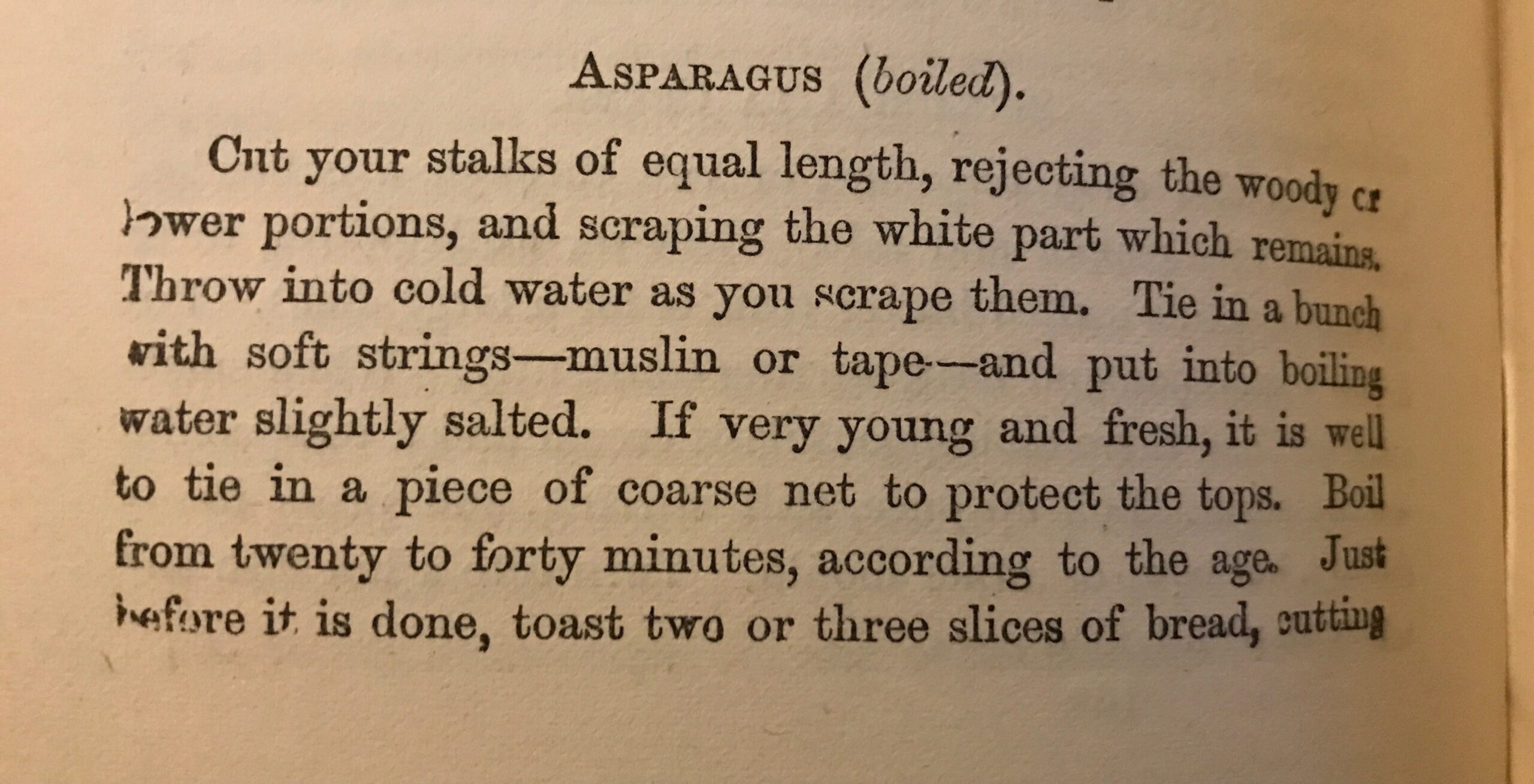
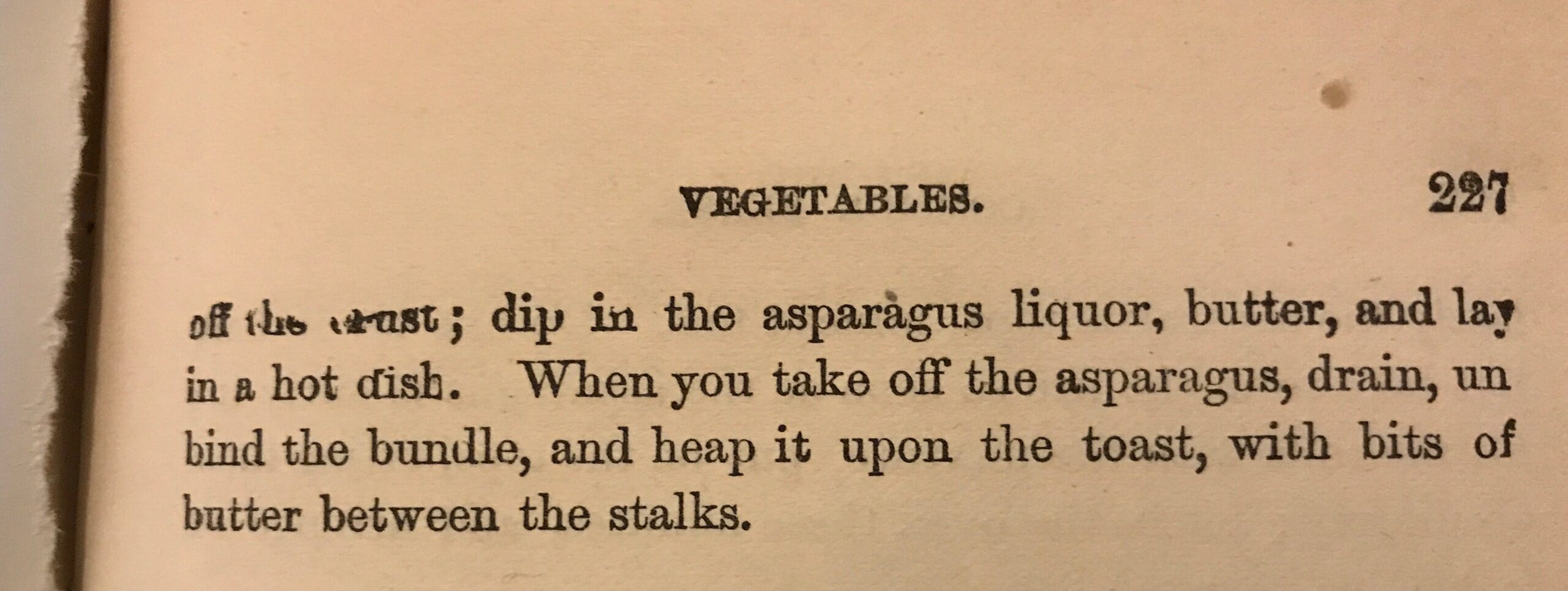
A FEW COOKING NOTES:
Scraping the asparagus
I found that using a sharp knife, and scraping from the base toward the tip worked best. It takes a gentle touch to do this without breaking the stalks, if they’re young and tender.
By the 8th stalk, I felt like I was finding my groove. There really is a difference between cooked asparagus that’s been scraped, vs. not scraped. So for the real 1800’s taste, this is a step you won’t want to skip, even if it seems like a waste.
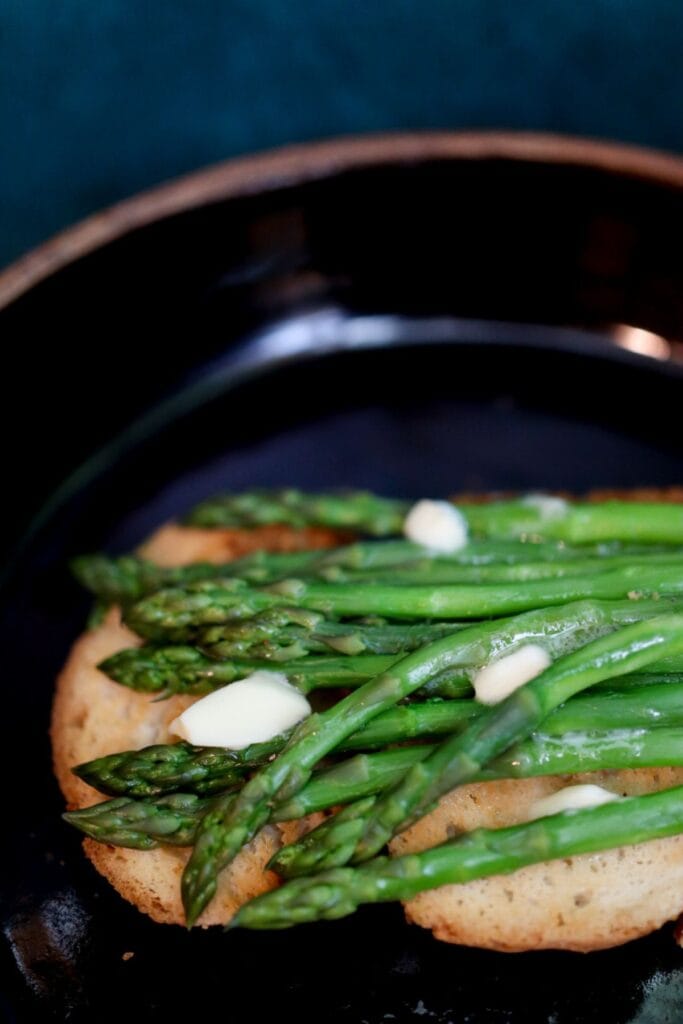
Serving
This is a dish you absolutely want to serve hot, because that dampened toast is delicious while it’s steaming, and disappointing once it’s cooled. This is one of those meals where you want the table set, and the family gathered, before you take the asparagus out of the boiling water.
Butter
Use it liberally. In my opinion, it’s no mistake that she calls for buttering the bread, and also dotting butter over the asparagus. The butter really does bring the flavors all together.
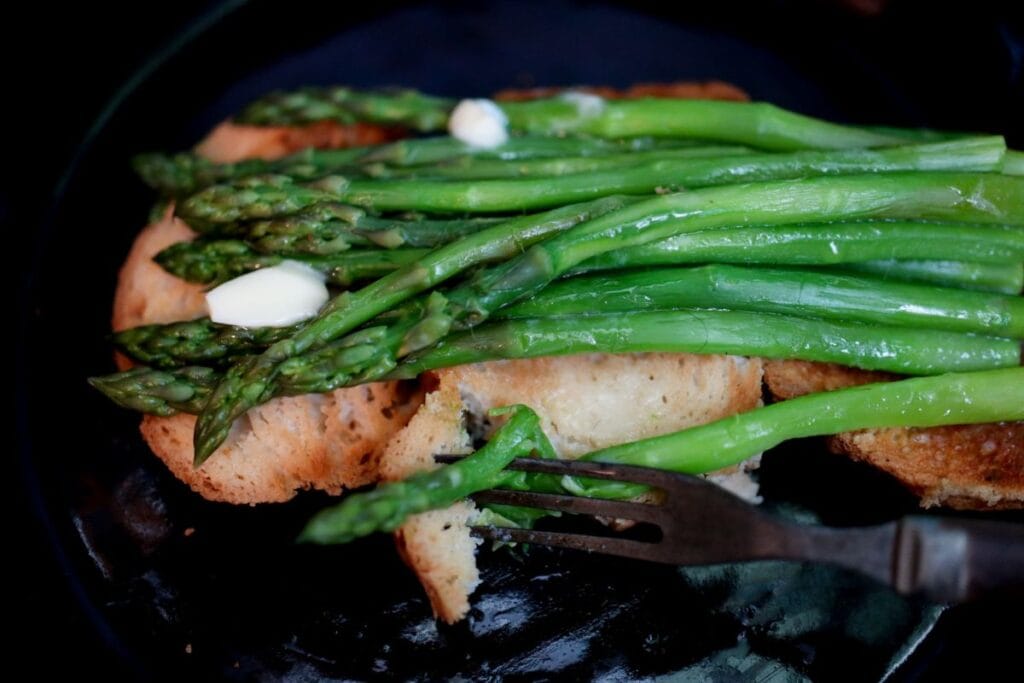
📖 Recipe
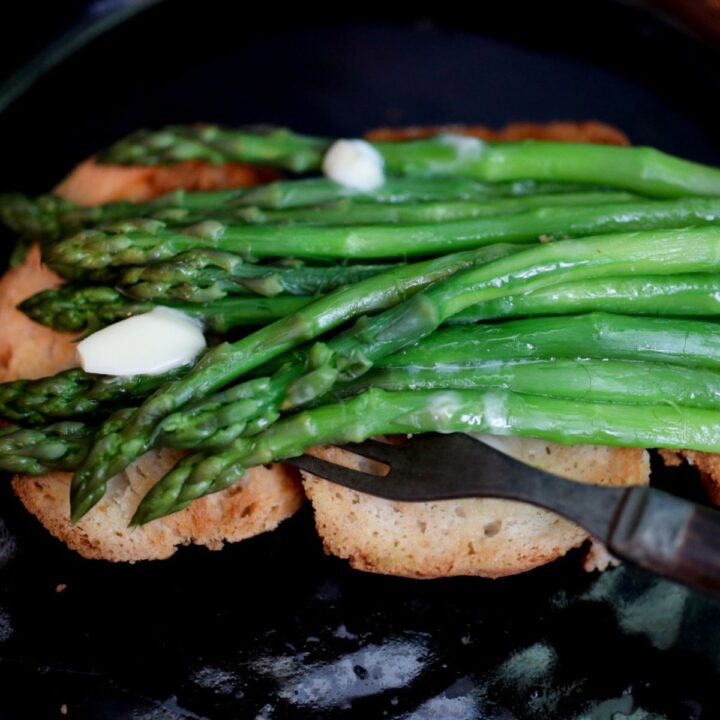
Asparagus (boiled)
Common Sense in the Household, 1877
A classic 1800's recipe for boiled, scraped asparagus.
Ingredients
- 1lb fresh asparagus
Instructions
- Cut your stalks of equal length, rejecting the woody or lower portions, and scraping the white part which remains.
- Throw into cold water as you scrape them.
- Tie in a bunch with soft strings--muslin or tape--and put into boiling water slightly salted. If very young and fresh, it is well to tie in a piece of coarse net to protect the tops.
- Boil from twenty to forty minutes, according to the age.
- Just before it is done, toast two or three slices of bread, cutting off the crust; dip in the asparagus liquor, butter, and lay in a hot dish.
- When you take off the asparagus, drain, unbind the bundle, and heap it upon the toast, with bits of butter between the stalks."
Nutrition Information:
Yield: 4 Serving Size: 1Amount Per Serving: Calories: 25Total Fat: 0gSaturated Fat: 0gTrans Fat: 0gUnsaturated Fat: 0gCholesterol: 0mgSodium: 16mgCarbohydrates: 5gFiber: 2gSugar: 1gProtein: 3g


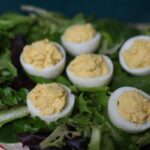
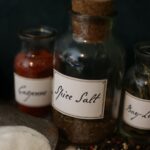
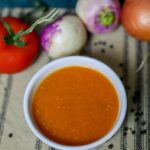

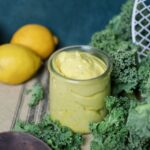
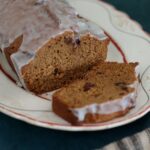
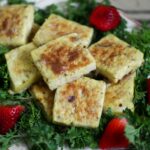
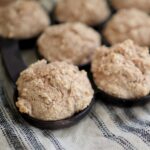

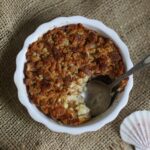
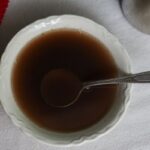

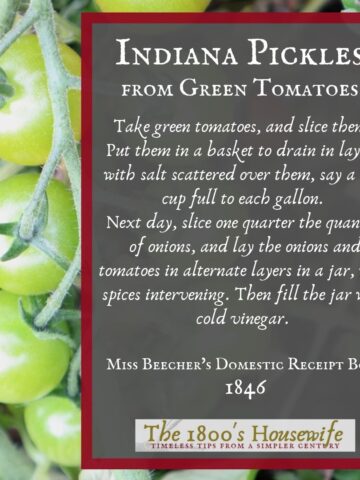
Comments
No Comments